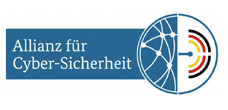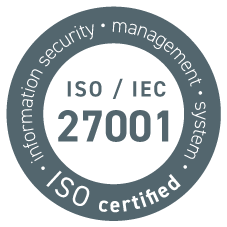The following text attempts to imagine a world where IoT, DLT, and AI are interwoven into all levels of decision making, including the level of policy and current government. We are not far from that. Soon, people will wonder why, in a world of real-time data, the most important level of shared decision-making is limited to a general vote for one party every four years.
Once upon a time, the system of representation was logical in a world of workers outsourcing their vote. Today, people have similar data sets on their phones, IoT systems report situational evidence, AI supports reasoning, and DLT ensures data is not skewed. Organizational dashboards are being made available to people through wearables, to households through smart home applications, to industry through IoT and AI for predictive maintenance, and there is no reason to think it should stop there. Most importantly, in a future system, it will no longer be necessary or opportune to talk about cybersecurity because it will be the foundation of the system itself. It will not be an add-on, an afterthought, a business compromise. Because cybersecurity will not only be at the heart of it, it will also contain the context to decide between fact and fiction. This will be the most important feature of the system.
And because cybersecurity acquires and contains this more precise context, it can be more objective than the certainties usually obtained in human discourse only from extrapolated information. Security postures today are composed of states in market segments and expertise. Both are complex and at the same time volatile states that cybersecurity manufacturers or operators can see and understand in context if they rediscover the long-excluded concept of wisdom or prudence (Greek: phronesis). Then, in addition to knowing about things, they can also understand the “Internet of People” in all its facets and thus also cybersecurity in practice.
What this means in terms of innovation is illustrated by an example from the company with the apple of knowledge in its logo: when Steve Jobs returned to Apple in 1997, one of the first things he did was to close the Advanced Research Group on the grounds that research had to take place in the crucible of development. There is no doubt that this was the foundation of the company’s success. And it is the wisdom of the practice that has emerged in self-organized networks around hardware (Arduino and Raspberry Pi), software (Linux, open source,…) or business practices (meetups, startup culture, incubators, Kickstarter, Maker, Hacklabs, 3D printing…) that opens up unimagined business potential.
At asvin.io, we enthusiastically develop good, great products for current purposes. But we also like to look outside the box at what we think are realistic future scenarios. So if you’d like to have a workshop on “cybersecurity reloaded”, get in touch.






